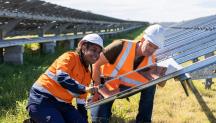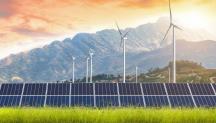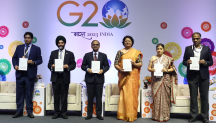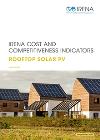

-
-
IRENA (2017), IRENA Cost and Competitiveness Indicators: Rooftop Solar PV, International Renewable Energy Agency, Abu Dhabi.
Copied
/-/media/Files/IRENA/Agency/Publication/2017/Dec/IRENA_Cost_Indicators_PV_2017.pdf?rev=a06c31812bfa43d2b8c4e39d64ad44c4
Copied
IRENA Cost and Competitiveness Indicators: Rooftop solar PV
Newsletter
Solar photovoltaic (PV) power generation has grown rapidly, from less than 1 gigawatt (GW) in 2000 to about 300 GW worldwide in 2017. Solar PV’s competitiveness against other sources of electricity has also continued evolving.
To track these crucial market trends, the International Renewable Energy Agency (IRENA) has developed cost and competitiveness indicators for rooftop solar PV, based on the trends witnessed in key electricity markets. See the full report or the executive summary.
The indicators complement IRENA’s cost analysis, which helps to inform governments, policy makers, regulators and others on cost trends for utility-scale renewable power generation and other technologies worldwide.
In both Germany and the United States, falling technology costs have reduced the total installed costs for rooftop PV systems. This has resulted in rapid cost decreases for solar electricity.
The costs of electricity from residential rooftop solar PV have fallen especially rapidly. In four metropolitan areas in the state of California, for example, the LCOE for residential solar PV was seen to decrease 45% on average between 2010 (first quarter) and 2016 (second quarter).
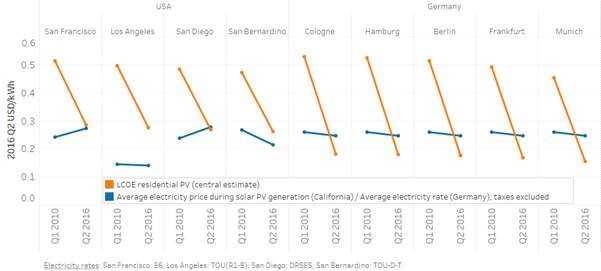
In Germany over the same period, median LCOE declined by an estimated 66% for solar PV, thereby dipping below residential electricity tariffs in most cases. With one of the most competitive small-scale solar PV markets in the world, very low installed costs offset Germany’s relatively limited sunshine. Rooftop PV power, which cost at least 75% more than average residential electricity prices in early 2010, fell in just over six years to at least 27% less than the average residential electricity tariff.
Solar PV has become more affordable globally, with module prices declining over 80% in seven years, spurred by 44% annual average compound deployment growth. Between 2010 and 2016, the global weighted average total installed cost, including all hardware and balance-of-system components, fell by 65%. At the same time, the levelised cost of electricity (LCOE) for utility-scale solar PV projects fell by 67%.

